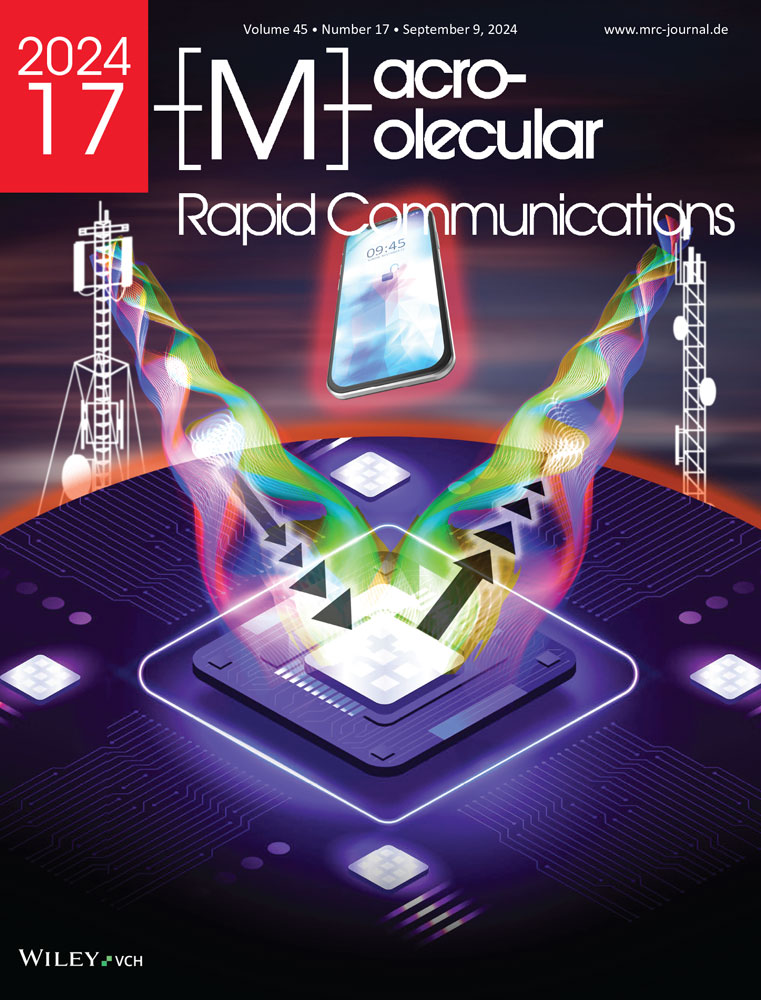Thermally Stable and Transparent Polyimide Derived from Side-Group-Regulated Spirobifluorene Unit for Substrate Application
Abstract
Advancements in flexible electronic technology, especially the progress in foldable displays and under-display cameras (UDC), have created an urgent demand for high-performance colorless polyimide (CPI). However, current CPIs lack sufficient heat resistance for substrate applications. In this work, four kinds of rigid spirobifluorene diamines are designed, and the corresponding polyimides are prepared by their condensation with 5,5′-(perfluoropropane-2,2-diyl) bis(isobenzofuran-1,3-dione) (6FDA) or 9,9-bis(3,4-dicarboxyphenyl) fluorene dianhydride (BPAF). The rigid and conjugated spirobifluorene units endow the polyimides with higher glass transition temperature (Tg) ranging from 356 to 468 °C. Their optical properties are regulated by small side groups and spirobifluorene structure with a periodically twisted molecular conformation. Consequently, a series of CPIs with an average transmittance ranging from 75% to 88% and a yellowness index (YI) as low as 2.48 are obtained. Among these, 27SPFTFA-BPAF presents excellent comprehensive performance, with a Tg of 422 °C, a 5 wt.% loss temperature (Td5) of 562 °C, a YI of 3.53, and a tensile strength (δmax) of 140 MPa, respectively. The mechanism underlying the structure-property relationship is investigated by experimental comparison and theoretical calculation, and the proposed method provides a pathway for designing highly rigid conjugated CPIs with excellent thermal stability and transparency for photoelectric engineering.
Conflict of Interest
The authors declare no conflict of interest.
Open Research
Data Availability Statement
The data that support the findings of this study are available from the corresponding author upon reasonable request.




